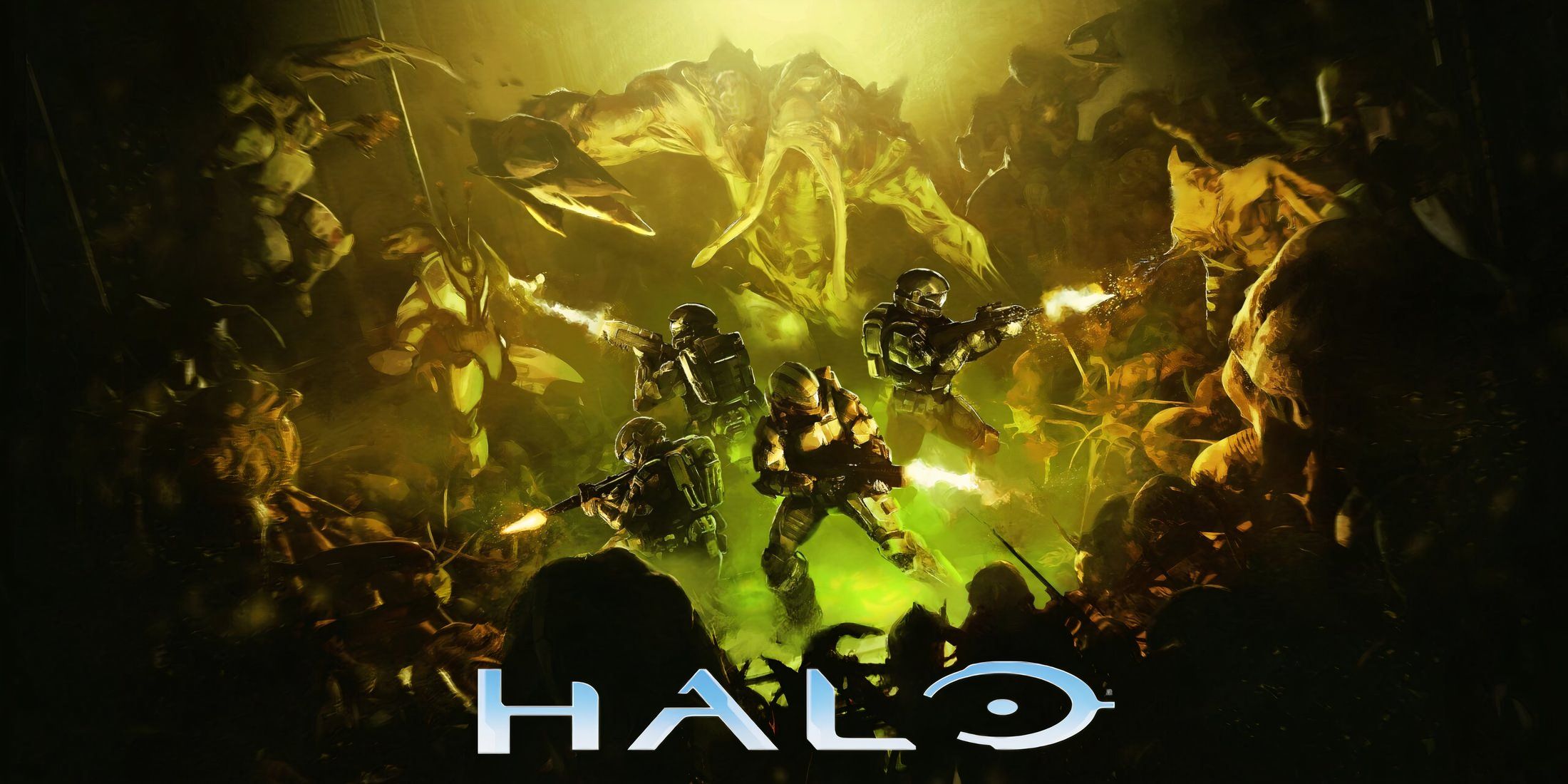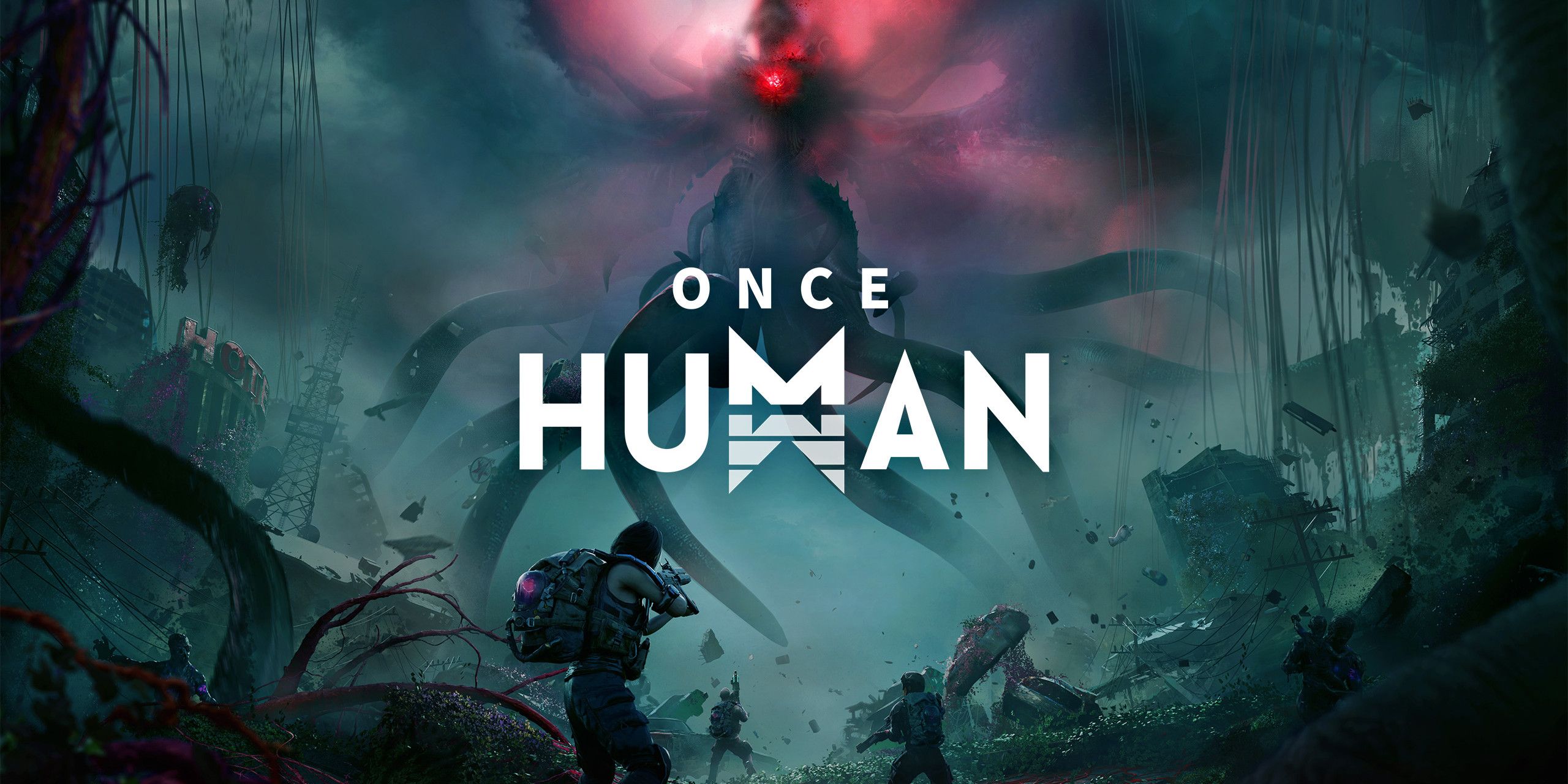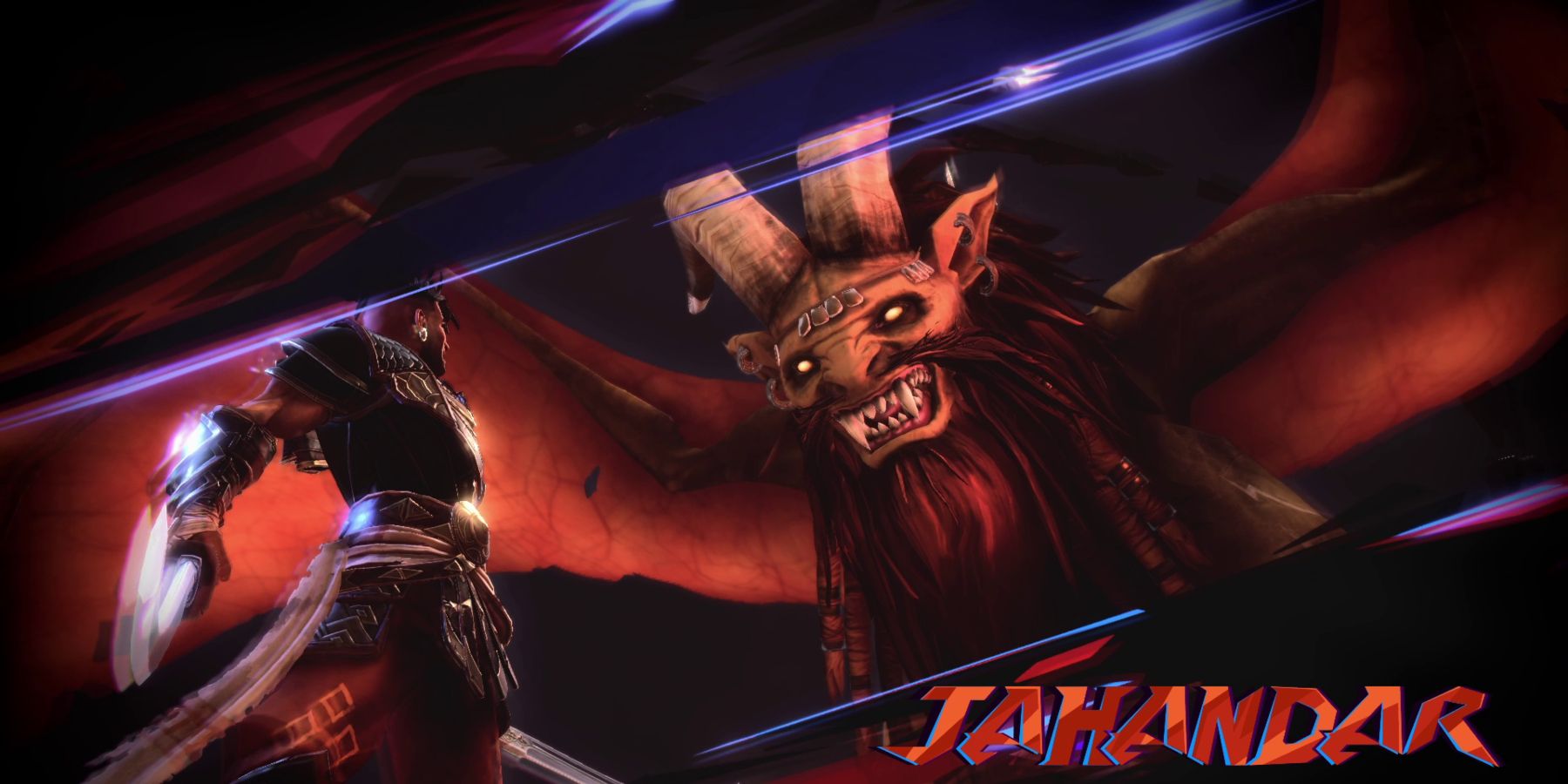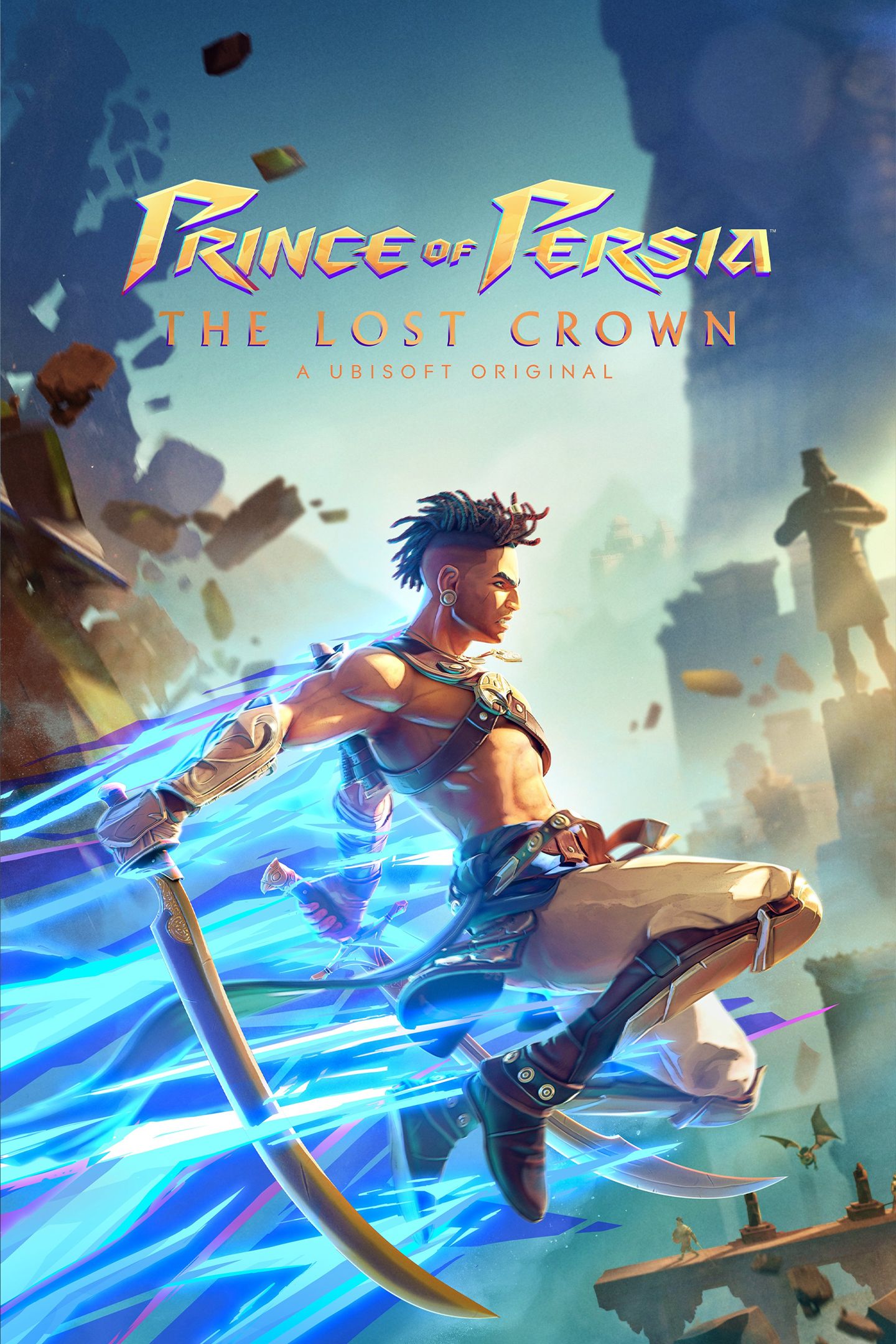Highlights
- Prince of Persia: The Lost Crown breaks the franchise's pattern of lackluster boss fights with its excellent array of challenging bosses.
- The bosses in the game, such as Jahandar and Azhdaha, are inspired by Persian and Iranian mythology, adding depth and authenticity to their designs.
- The game's shift to the Metroidvania genre emphasizes exploration, platforming, puzzles, and careful combat, surpassing even other popular games in the genre.
The Prince of Persia series isn't exactly renowned for its excellent boss fights. The original 1989 Prince of Persia only really had one boss fight, and it was essentially just another standard sword-wielding enemy but with a purple skin. Even the most beloved entry, Prince of Persia: The Sands of Time, only had two boss fights, both of which could be defeated just like any other enemy in the game. But Prince of Persia: The Lost Crown breaks that unfortunate franchise pattern.
Though it's been designed as a throwback to the series' 2D roots, Prince of Persia: The Lost Crown is far from a step back for the franchise, and is in fact the complete opposite. Thrusting the franchise into the Metroidvania genre, Prince of Persia: The Lost Crown emphasizes exploration, platforming, puzzles, and careful combat even more so than any entry before it, and its excellent array of bosses outshines not just the rest of the franchise, but also many other popular Metroidvanias.
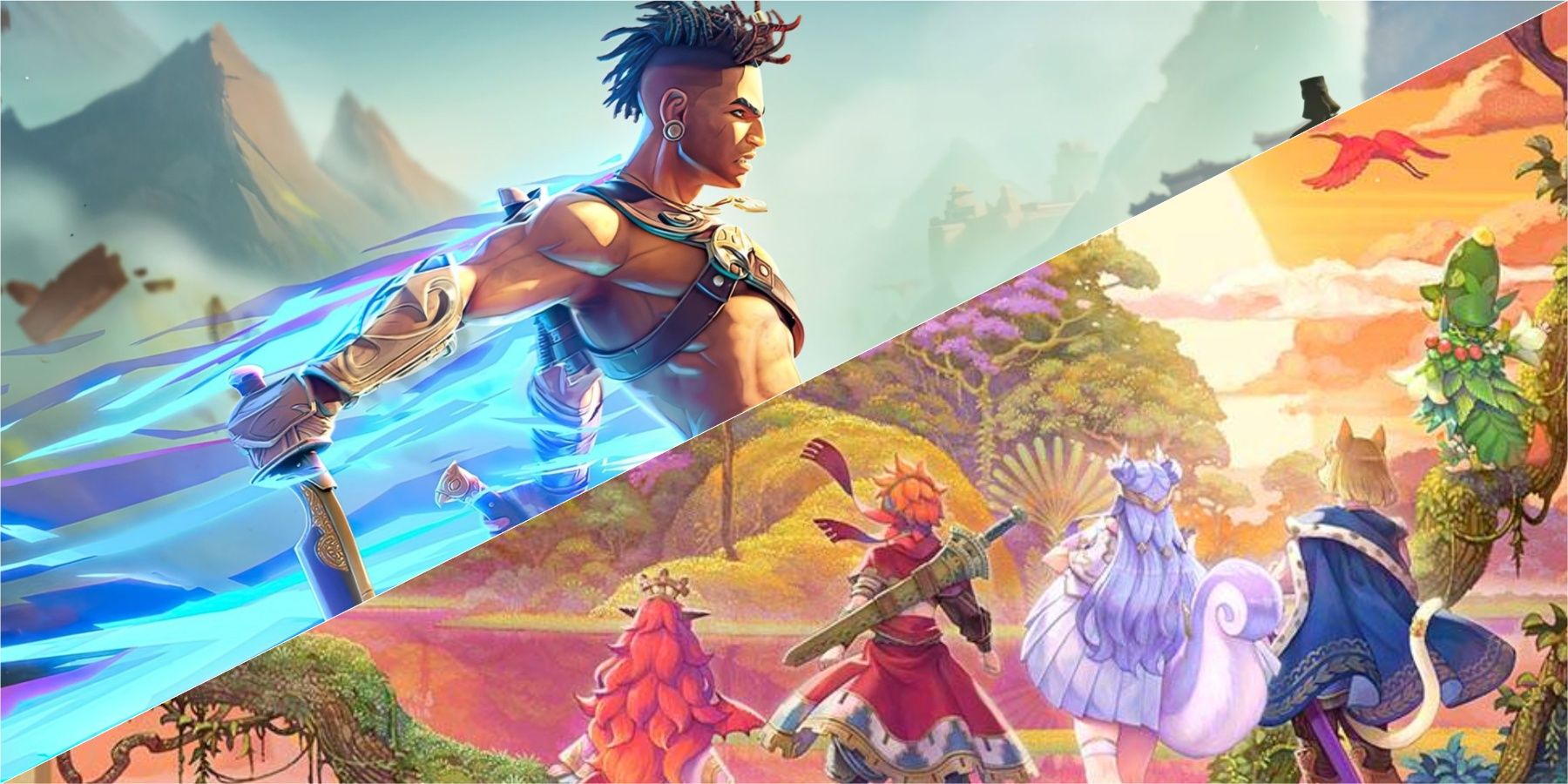
Prince of Persia: The Lost Crown Is in the Same Boat as Visions of Mana
While the two couldn't be any more different on paper, beneath the surface, Prince of Persia: The Lost Crown and Visions of Mana are in the same boat.
The Mythology of Prince of Persia: The Lost Crown's Bosses Explained
Prince of Persia: The Lost Crown's Jahandar is a Manticore
One of the first main bosses that players will face off against in Prince of Persia: The Lost Crown is Jahandar, the Guardian of the Citadel. In order to gain access to the Citadel, Sargon must first defeat Jahandar, which is much easier said than done. A manticore, Jahandar has the face of a man, the body of a lion, the tail of a scorpion, and the wings of a dragon.
Though the general concept of a manticore has existed across several mythologies, it's said to originate from Ancient Persian mythology, with it being brought over to Western mythology years later by a Greek physician named Ctesias. Though it began life as a mere rumor passed between villages of an unexplainable beast that roamed nearby, the manticore's legacy would quickly grow into something much more terrible. In the Middle Ages, the manticore became an omen of pure evil and calamity.
Prince of Persia: The Lost Crown's Azhdaha Is Taken Directly from Mythology
A mythical creature in both Iranian and Persian mythology, Azhdaha is one of Prince of Persia: The Lost Crown's toughest bosses, and one of its scariest. In Iranian mythology, the Azhdaha, or Azhdar, is simply a gigantic snake, but in Persian mythology, the Azhdaha tends to be a gigantic snake that also has wings. One of the most popular origins for the Azhdaha comes from the book Ajayeb ul-Makhlooghat, which was written in 1160 AD. In this book, the Azhdaha begins life as simply just a large snake that lives 100 years. But due to its ferocious nature, the Azhdaha is said to be thrown into the sea by God, where it will evolve to grow wings, which cause the sea's waves.
Prince of Persia: The Lost Crown's Kiana Has Corrupted Chamrosh
The last Prince of Persia: The Lost Crown boss with a direct connection to Persian mythology, Kiana the Forest Queen is an evil figure who's somehow managed to corrupt the godly protector of the forest realm, Chamrosh. A relative of the Simurgh, Chamrosh is a half dog, half bird who's tasked with protecting the Soma Tree in Persian mythology, along with being responsible for the spreading of seeds across the land and sea, which helps to keep the area fertile.

